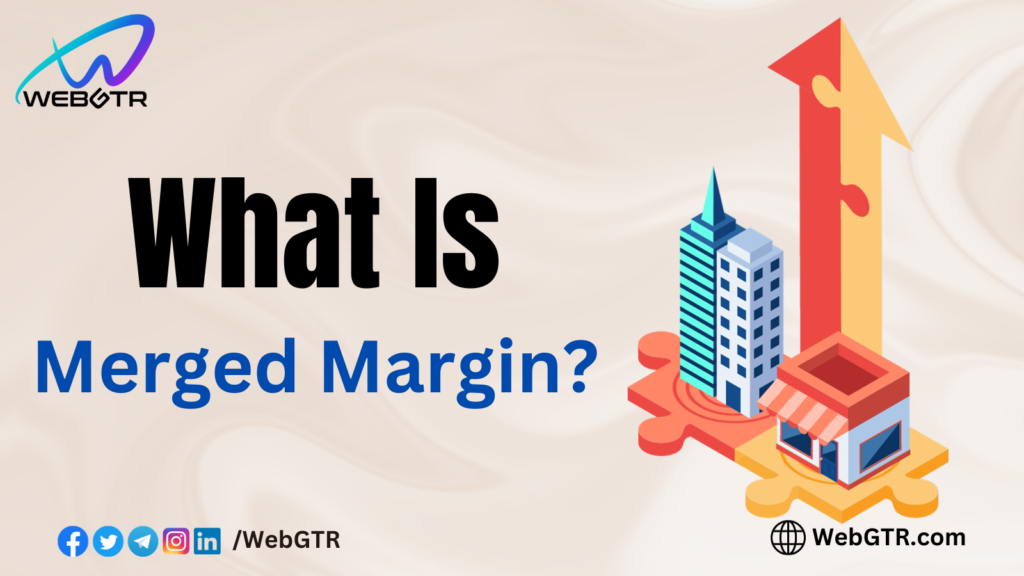
Merged mining is a practice that involves simultaneously mining two or more cryptocurrencies without compromising overall mining efficiency. This is achieved through the utilization of Auxiliary Proof of Work (AuxPoW), allowing miners to use their computational power to mine blocks on multiple chains concurrently.
In the AuxPoW framework, the work performed on one blockchain serves as valid work on another. The blockchain providing the proof of work is termed the parent blockchain, while the one accepting it is the auxiliary blockchain.
For successful merged mining, all involved cryptocurrencies must share the same algorithm. For example, Bitcoin’s SHA-256 algorithm allows simultaneous mining with any other coin utilizing SHA-256, provided technical implementations are correctly executed.
Crucially, the parent blockchain undergoes minimal impact as it requires no technical modifications. In contrast, the auxiliary blockchain must be programmed to effectively receive and validate the work from the parent chain, typically necessitating a hard fork for adding or removing support for merged mining.
In theory, merged mining presents an intriguing avenue for smaller blockchains to enhance security by leveraging the hashing power of a larger chain, such as Bitcoin. This could potentially mitigate the risk of 51% attacks, contingent upon sufficient miner consensus to adopt merged mining.
Looking for Blockchain Development, NFTs, Website Design, Token Creation, or Other services? Reach out to us at WebGTR. Let’s discuss and bring your vision to life.


Leave a Reply